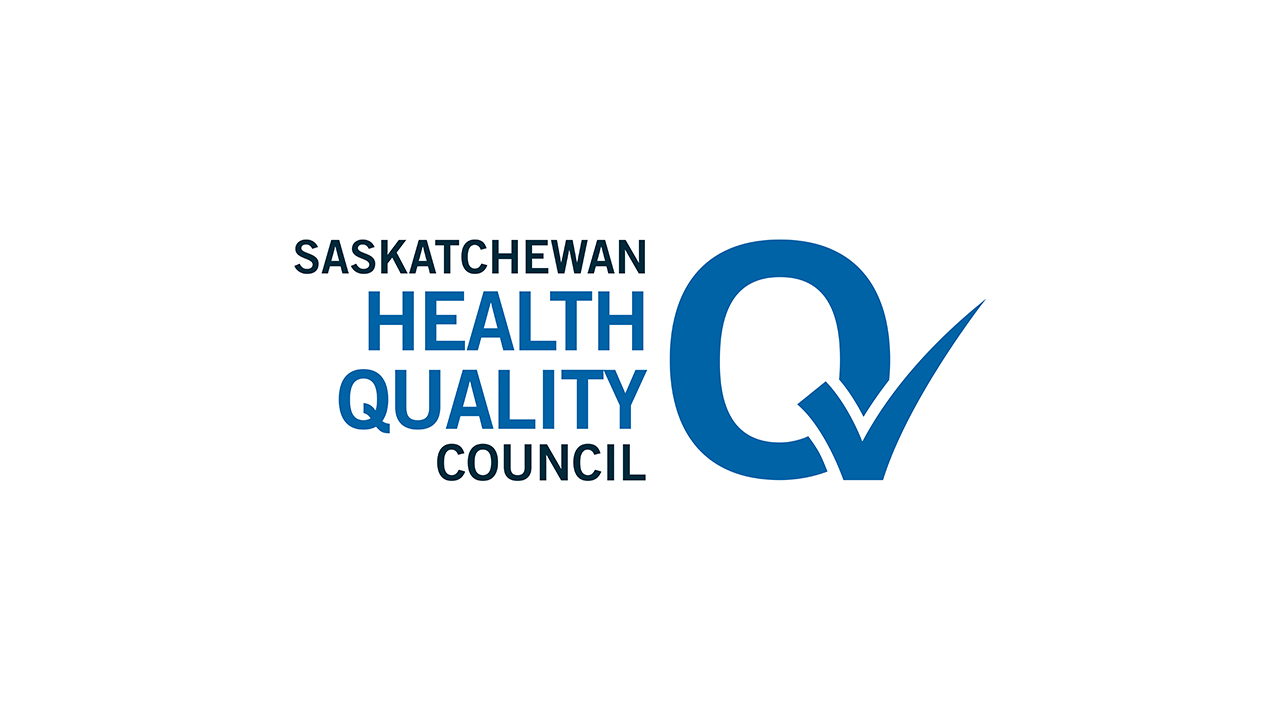Most of us develop familiar routines or patterns: your morning commute to work, the way you load your dishwasher, the time you go to bed. We don’t typically question these, unless something happens to make us rethink things. Road construction, for example, may mean you need to find an alternate route to work.
 “If you empty your dishwasher and put your dishes away the same way every day for the last 30 years, would it ever occur to you one Tuesday morning that you can do things differently? Probably not,” says Sun Country’s Jacqueline Lemieux, one of 13 coaches hired as part of a new provincial initiative called Clinical Practice RedesignTM (CPR). “You have to be presented with an opportunity to think differently.” CPR (TM) is providing Saskatchewan clinicians with that opportunity.
“If you empty your dishwasher and put your dishes away the same way every day for the last 30 years, would it ever occur to you one Tuesday morning that you can do things differently? Probably not,” says Sun Country’s Jacqueline Lemieux, one of 13 coaches hired as part of a new provincial initiative called Clinical Practice RedesignTM (CPR). “You have to be presented with an opportunity to think differently.” CPR (TM) is providing Saskatchewan clinicians with that opportunity.
Many providers are already familiar with Improved Access, Open Access, or Advanced Access, all proven approaches that help patients get better, quicker access to care.
Clinical Practice RedesignTM* builds on these, but involves more than simply making it easier for patients to get medical appointments.
The initiative supports providers in delivering exceptional patient care by improving office processes and effectiveness within their own practices, as well as improving communication and processes between practices and other health care services (e.g., specialist referrals and labs).
Through CPR (TM), clinicians around the province have access to specially trained coaches who can help them make and sustain improvements. The coaches help teams break out of old habits by building their understanding of Quality Improvement science, their ability to collect and interpret data, and helping them improve communication (by making sure those most affected are aware and can provide feedback). Coaches can also help improvement teams identify ways to include the voice of the patient in testing changes.
One of the first things Lemieux does when she meets with clinicians is find out what’s frustrating them, what areas they’re interested in improving, and why. Together, they assess whether or not CPR (TM) can help and if the clinic is ready to take on the improvement challenge.
“We start where the practice is at,” says Lemieux. “If a practice has a pile of papers on their desk that accumulates every day and that’s where they want to start, that’s where we start. If they want to look at supply and demand and access, that’s where we start. All we’re asking for is time, creativity, and a commitment to do the work. Pace is completely up to the practice.”
In addition to sharing continuous improvement tools (e.g., process mapping, testing changes through Plan, Do, Study, Act methods, using systems thinking to make informed decisions, and including the patient’s voice), coaches also help clinicians incorporate measurement into their day-to-day routine.
Lemieux says she loves the CPR (TM) inititiative’s personalized approach, as well as the focus on improving the entire patient journey.”It’s learning how to reframe things, to look at things through patient eyes,” says Lemieux. “For example, will our new forms impact labs and the patient, causing them to have to reschedule and take more time off work?”
Wanda Miller, Director of Primary Health Care in Sun Country, is Lemieux’s supervisor. She likes how CPR (TM) builds on past successes and lessons learned through the Chronic Disease Management Collaboratives, existing advanced access networks, primary health care and office redesign teams, and the work the region is already doing.
 “This fit really well with primary health care redesign and our focus on access,” says Miller. “We really felt this is a way for us to build our capacity. Every time you get a foot in the door, whether through chronic disease, improving access, or teambuilding, people start to ask `How can I make a difference?’ This was just one more way for us to get our foot in the door and start talking about how we can do things differently, to become more patient and family centred.”
“This fit really well with primary health care redesign and our focus on access,” says Miller. “We really felt this is a way for us to build our capacity. Every time you get a foot in the door, whether through chronic disease, improving access, or teambuilding, people start to ask `How can I make a difference?’ This was just one more way for us to get our foot in the door and start talking about how we can do things differently, to become more patient and family centred.”
One of the ways to do this is through measurement, a key component of CPR (TM).
Coaches can help clinicians understand their current practices, and monitor whether changes are actually leading to improvements.
“You have to establish baseline data, to know where you’re at in order to understand where you’re going,” says Lemieux. The physician might think something is an improvement, but the office staff or patients might not see it that way.
“Measurement can be challenging when you’re new to it. The online tracking tool developed by [Health Quality Council www.transformmypractice.ca] makes it easy to enter the data and have the graphs automatically created. Instead of spending time making graphs, improvement teams can focus on understanding what the data is telling them, and how it can be used to make improvements.” Real, sustainable changes need to focus on fixing processes, not blaming people, adds Lemieux.
Lemieux and the other coaches are just beginning their work with Saskatchewan clinicians and are excited by the possibilities.
“This is a really unique opportunity to make a difference to a system that is so important to all of us. If it’s your grandma or child going through the system, you want it to be the best it can be. Through Clinical Practice RedesignTM, we have that opportunity.”
* CPR (TM) is a new partnership involving the HQC, Saskatchewan Medical Association, Government of Saskatchewan, regional health authorities, staff, and patients. It is open to all clinicians – family physicians and specialists, clinic staff, therapists, lab and mental health workers and others. CPR (TM) meets the accreditation criteria of both the College of Family Physicians of Canada and the Royal College of Physicians and Surgeons of Canada, providing up to 25 Mainpro-C credits and a Maintenance of Certification credit.



